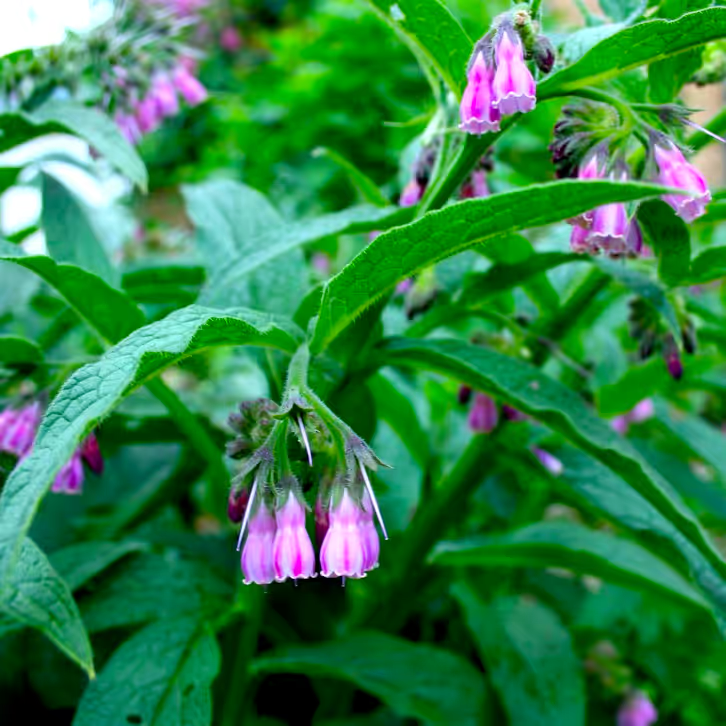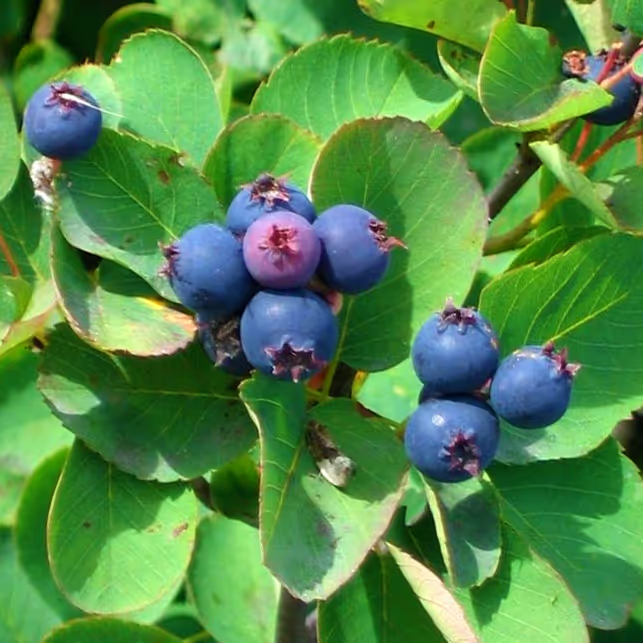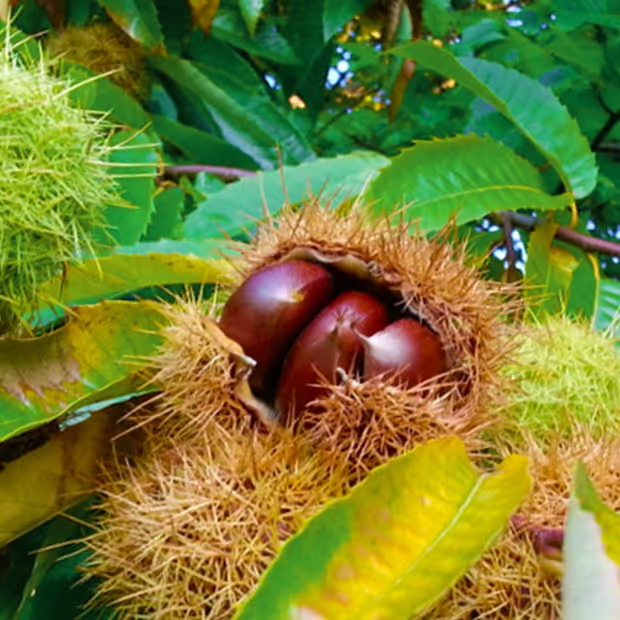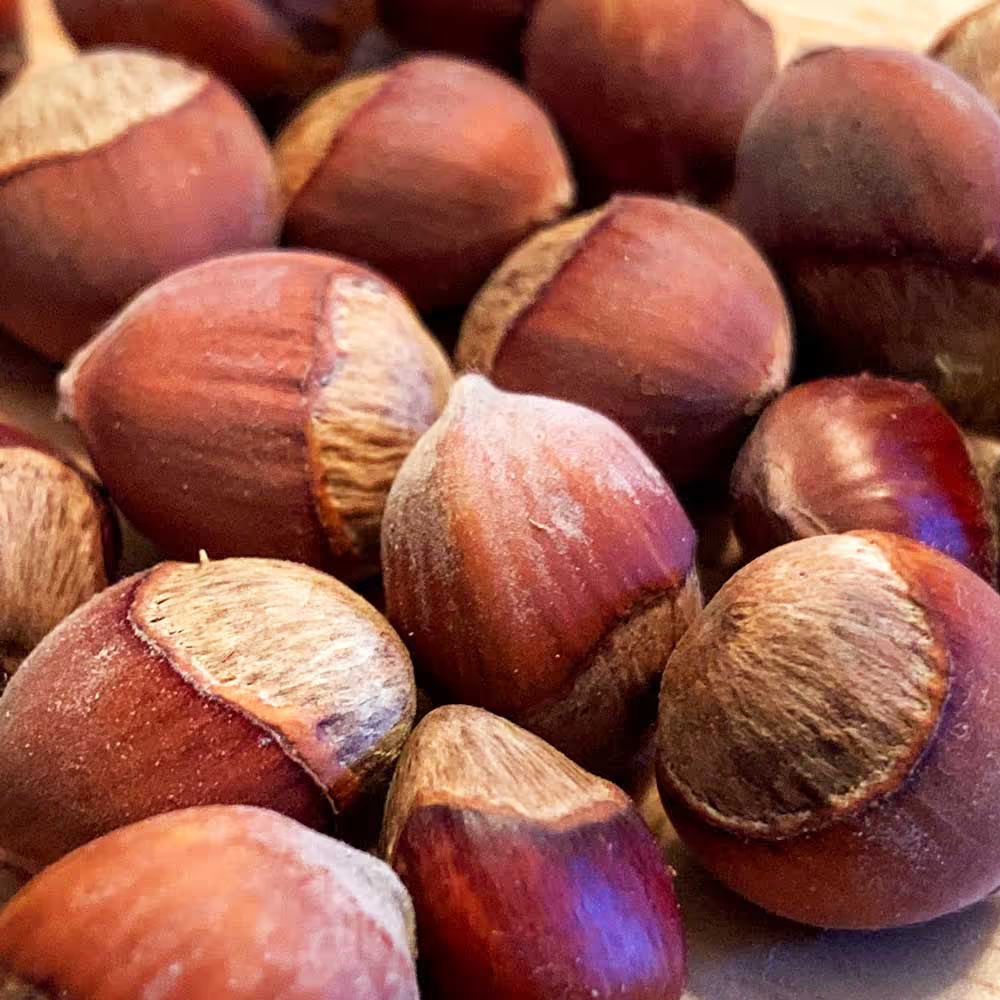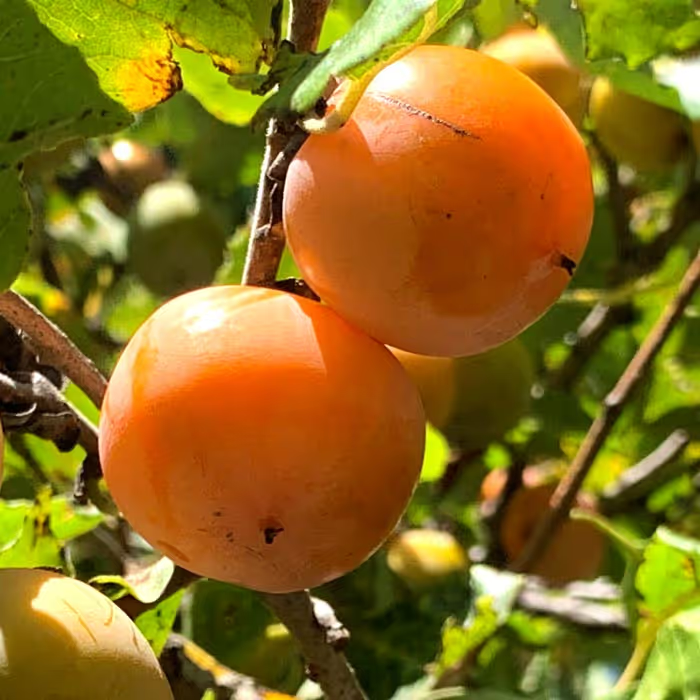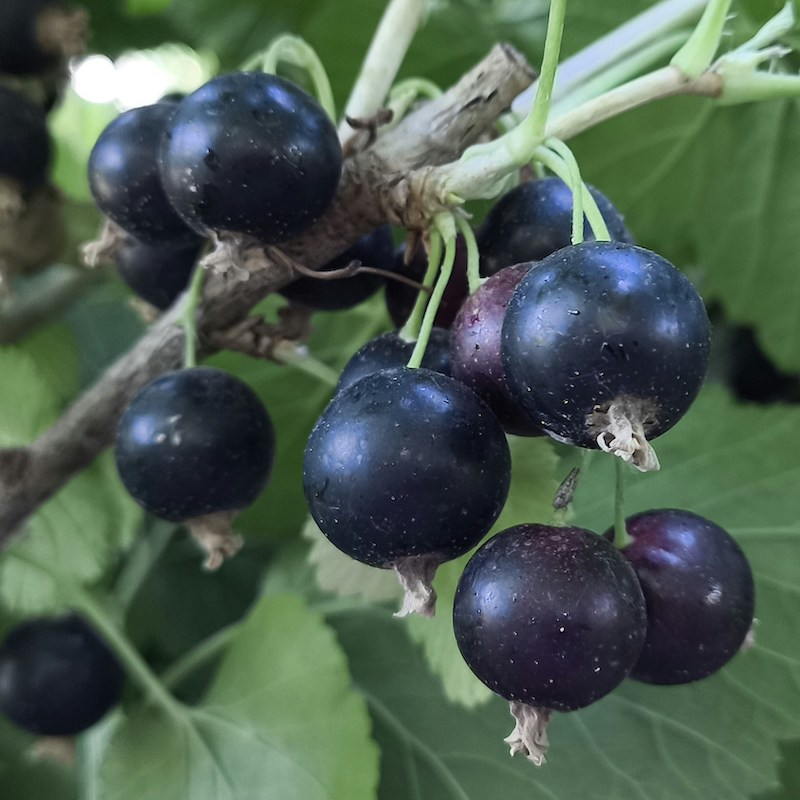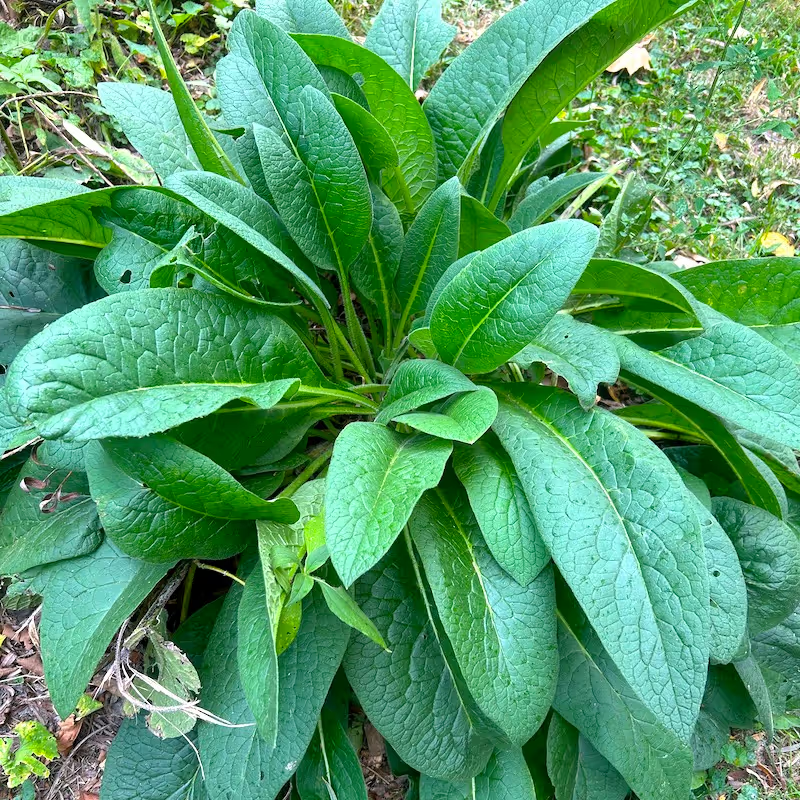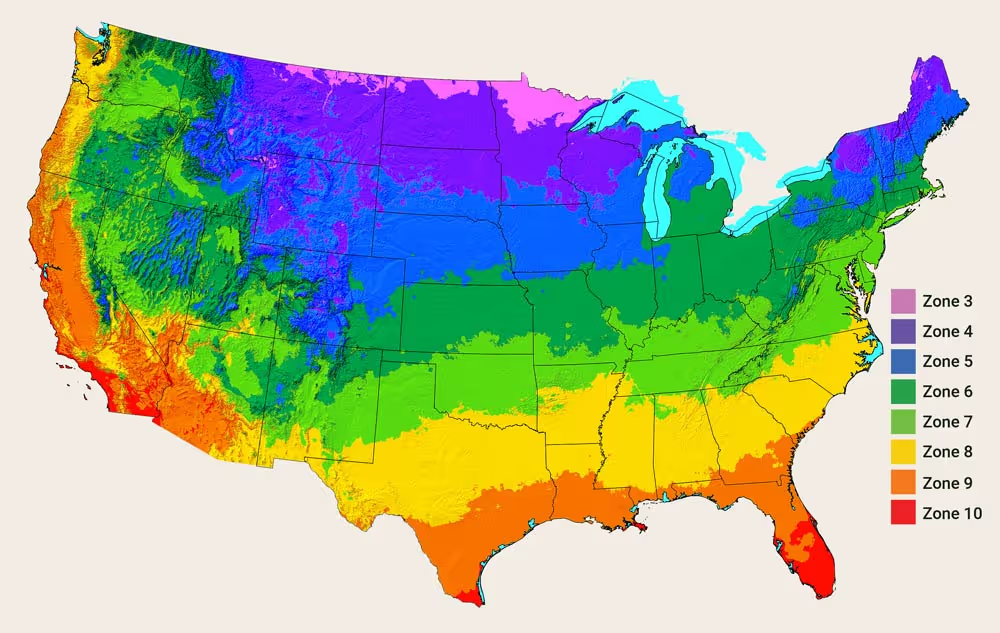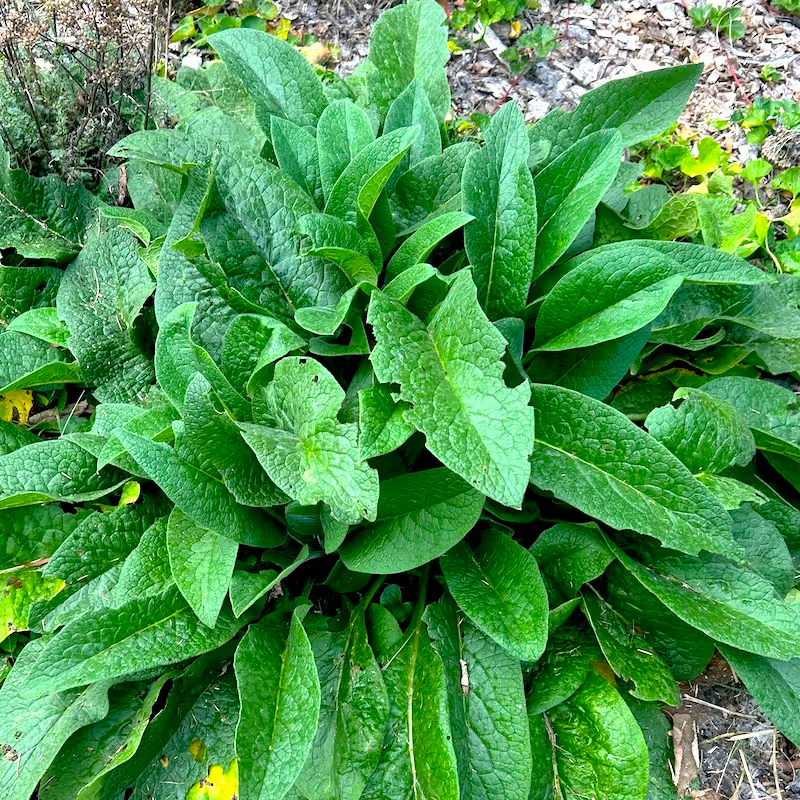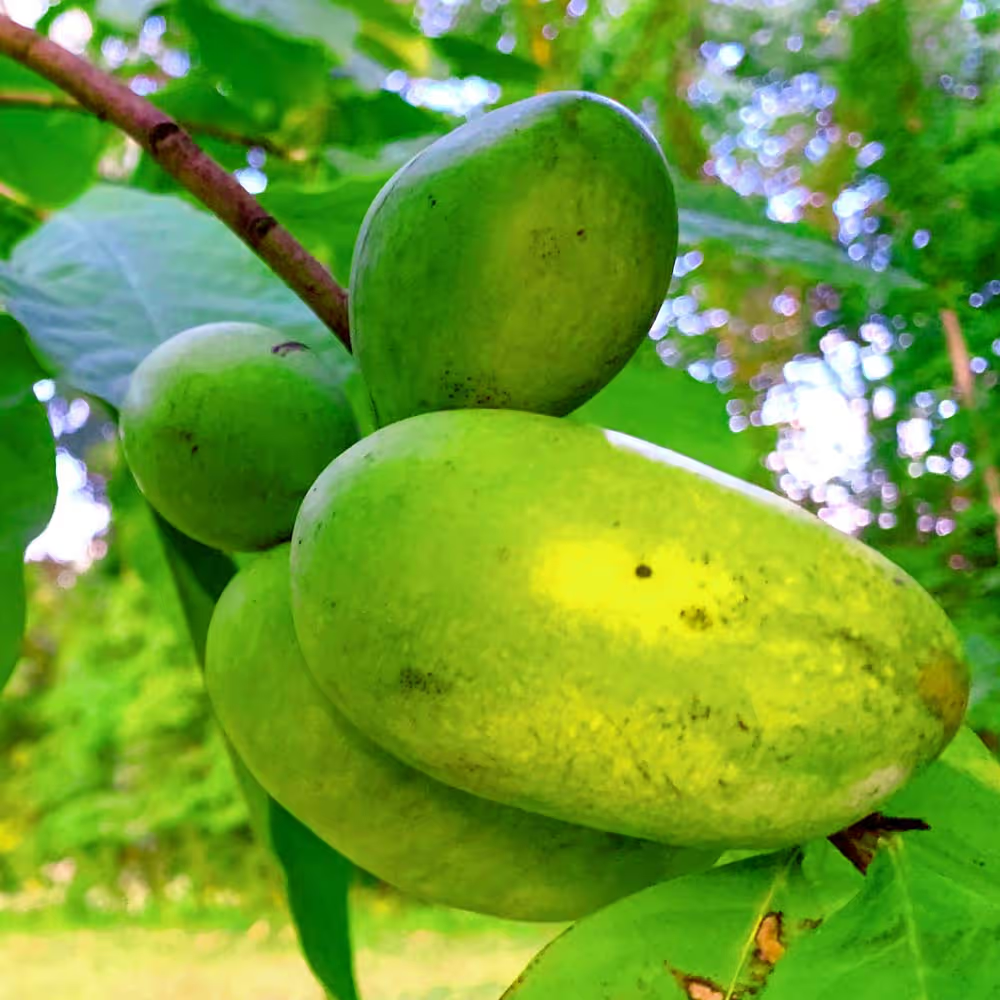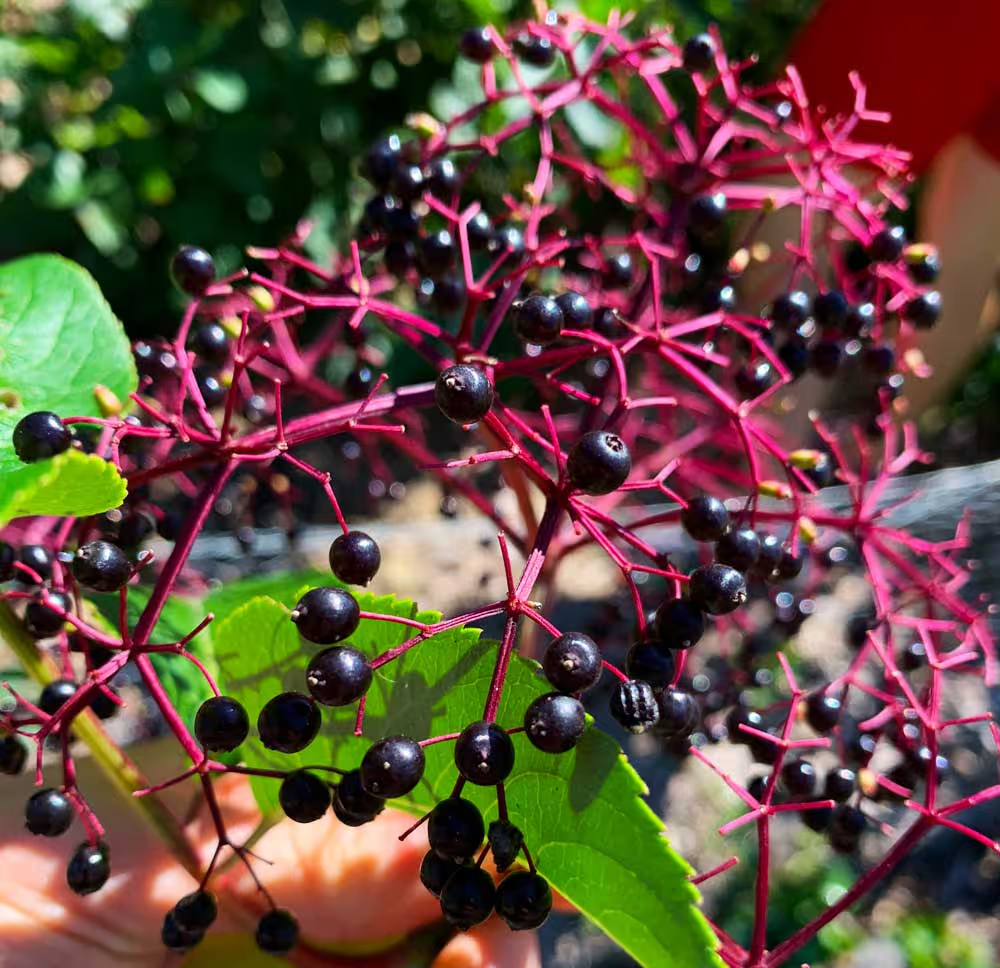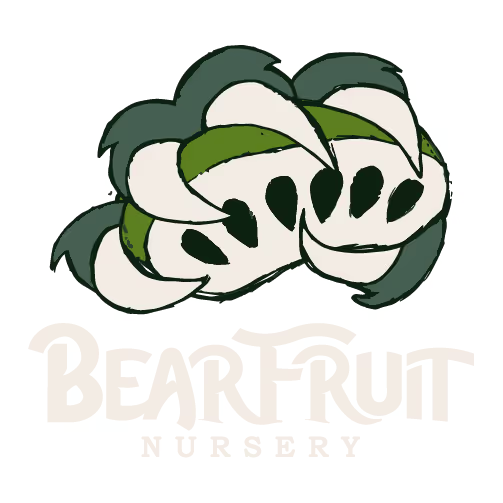Why Plant Bocking 14 Comfrey?
The Miracle Plant for Gardeners, Homesteaders, and Soil Builders
Bocking 14 Comfrey (Symphytum × uplandicum) isn’t your average leafy perennial—it’s the unsung hero of regenerative gardening and small-scale farming. Nicknamed “the compost plant,” Comfrey has been prized for centuries for its ability to supercharge soil health, feed pollinators, and even serve as a nutrient-rich forage for livestock and poultry. Originating from crosses of wild comfrey species, Bocking 14 was selected by British horticulturist Lawrence D. Hills for its superior growth rate, high nutrient content, and—best of all—its non-invasive nature.
With its deep taproot mining minerals from several feet below the surface, this hardy perennial brings nutrients like potassium, calcium, and nitrogen right back up to your garden’s topsoil. In other words, it’s nature’s fertilizer factory that never calls in sick—and one that doubles as a high-protein, vitamin-rich green for your animals. Beyond that, Bocking 14 is a permaculture favorite for chop-and-drop systems: simply cut the leaves and let them decompose around fruit trees or shrubs in your food forest guilds. This practice feeds the soil, protects roots, conserves moisture, and naturally boosts fruit tree growth and yield—all while reducing the need for synthetic fertilizers.
What Makes Bocking 14 Different?
While many comfrey varieties can spread aggressively, Bocking 14 is a sterile cultivar, meaning it stays where you plant it. You get all the benefits of a powerhouse perennial—massive leaf growth, pollinator-attracting flowers, and nutrient-rich biomass—without the fear of it taking over your pasture or garden like a green, leafy conqueror.
Its large, fuzzy leaves make an excellent compost activator, green manure, or liquid fertilizer when steeped in water (brace yourself for the smell—it works better than it smells). But beyond the garden, comfrey has long been valued as a supplemental livestock feed. The high protein and mineral content make it an excellent addition for chickens, rabbits, goats, pigs, and cattle, particularly during the growing season when fresh greens are abundant. Many homesteaders use it as a cut-and-carry forage, letting animals enjoy the benefits without overgrazing the plant itself.
And if that wasn’t enough, the purple-blue blooms of Bocking 14 are a magnet for bees and beneficial insects all summer long—turning your garden, orchard, or food plot into a pollinator paradise.
Why Plant Our Bocking 14 Comfrey Root Crowns & Cuttings?
Our Bocking 14 Comfrey is grown outdoors in healthy, living soil, naturally mulched with leaves, grass, and local wood chips. We avoid synthetic fertilizers and herbicides—because a soil builder shouldn’t come from a chemical factory.
We offer both root crowns (for faster establishment and leaf production) and root cuttings (for economical planting in larger areas or forage plots). Each piece is carefully harvested, inspected, and ready to spring into action the moment it’s planted. Whether you’re building a food forest, improving pasture health, or creating a self-sustaining permaculture system, our Bocking 14 is a cornerstone species you’ll wish you planted sooner.

